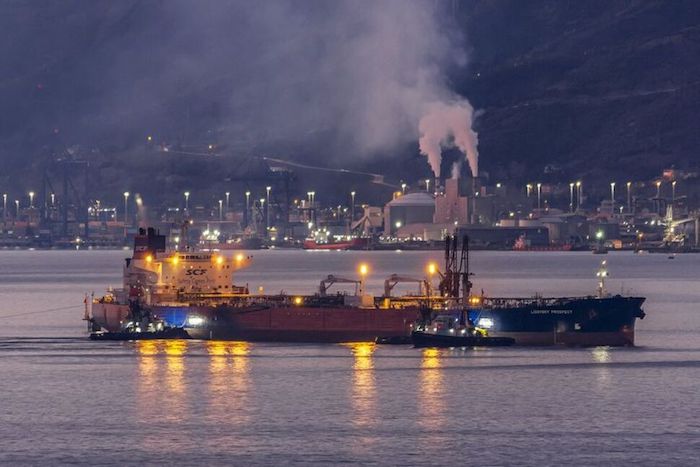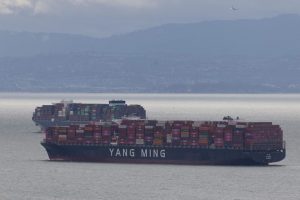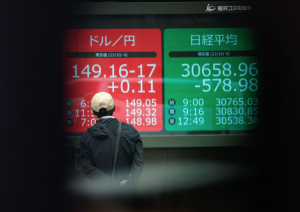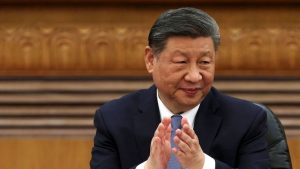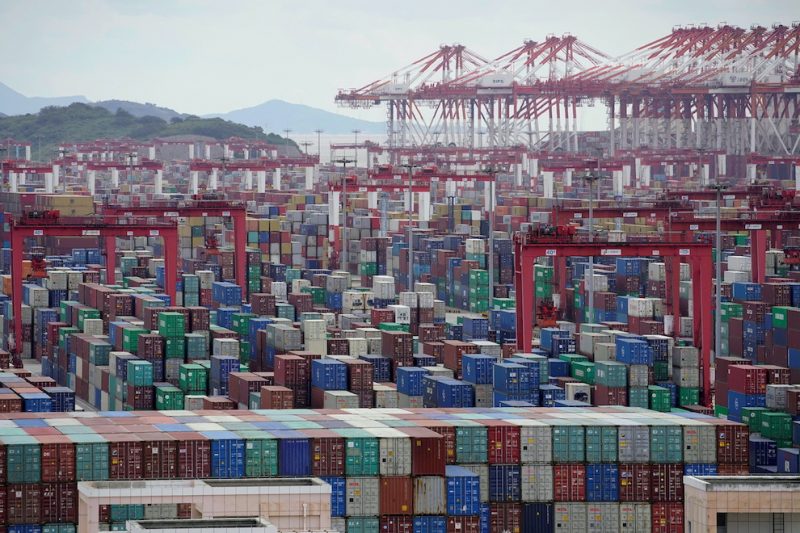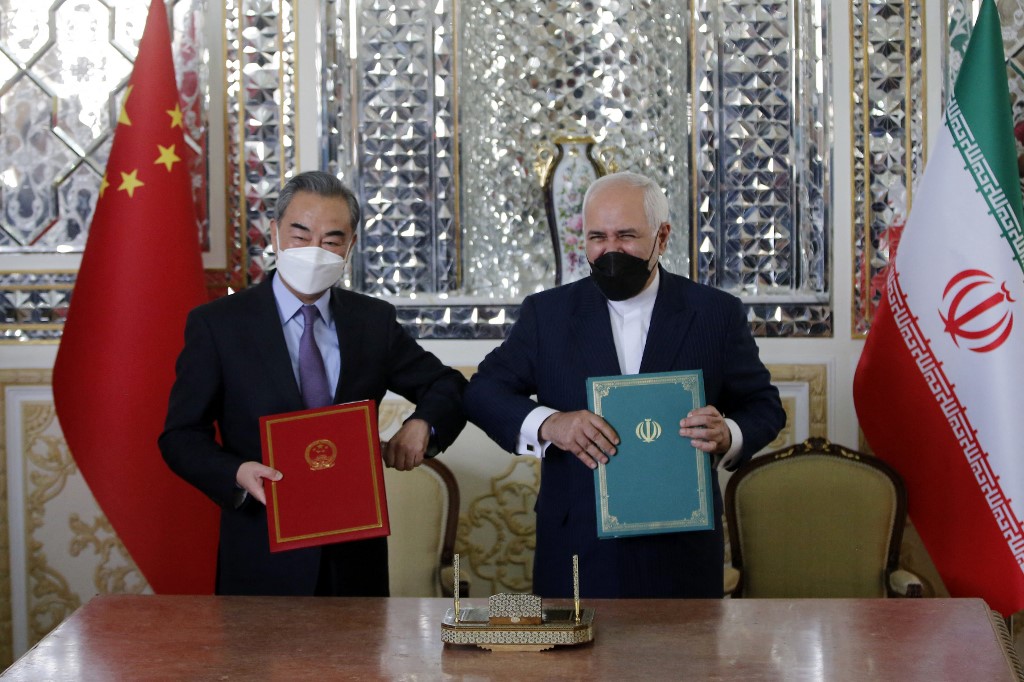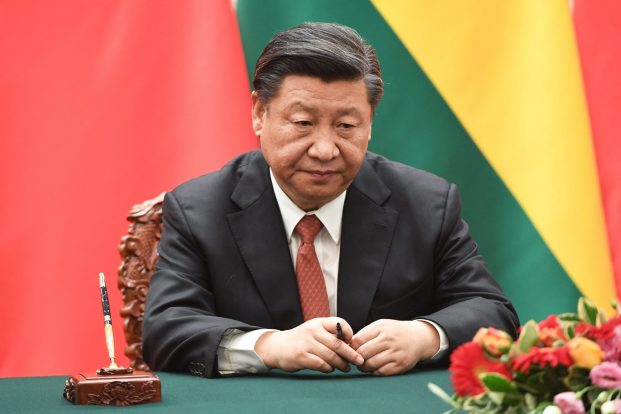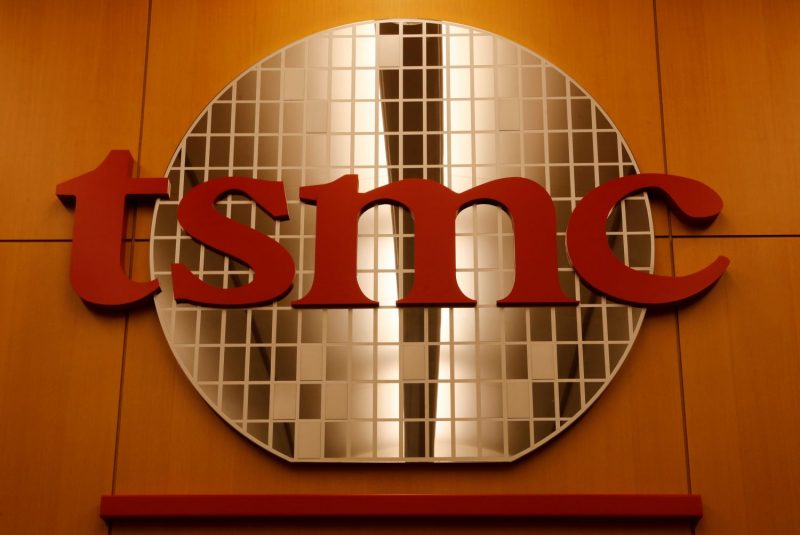The latest US sanctions on Russian oil producers and the more than 180 vessels that ship its oil are tipped to severely hurt its oil exports.
Traders and analysts say Chinese and Indian refiners – Moscow’s top customers – will source more oil from the Middle East, Africa and the Americas – moves seen boosting prices and freight costs.
The US Treasury imposed new curbs on Friday on Russian oil producers Gazprom Neft and Surgutneftegas, as well as 183 vessels that have shipped Russian oil, targeting the revenues Moscow has used to fund its war with Ukraine.
ALSO SEE: Practical use of Quantum Computers 20 Years Away: Nvidia Chief
Many of the tankers have been used to ship oil to India and China as Western sanctions and a price cap imposed by the Group of Seven countries in 2022 shifted trade in Russian oil from Europe to Asia. Some tankers have also shipped oil from Iran, which is also under sanctions.
Russian oil exports will be hurt severely by the new sanctions, which will force Chinese independent refiners to cut refining output going forward, two Chinese trade sources said. The sources declined to be named as they are not authorised to speak to media.
The expected disruption in Russian supply drove global oil prices to their highest in months on Monday, with Brent trading above $81 a barrel.
Among the newly sanctioned ships, 143 are oil tankers that handled more than 530 million barrels of Russian crude last year, about 42% of the country’s total seaborne crude exports, Kpler’s lead freight analyst Matt Wright said in a note.
Of these, about 300 million barrels were shipped to China while the bulk of the remainder went to India, he added.
“These sanctions will significantly reduce the fleet of ships available to deliver crude from Russia in the short term, pushing freight rates higher,” Wright said.
A Singapore-based trader said the designated tankers shipped close to 900,000 bpd of Russian crude to China over the past 12 months.
“It’s going to drop off a cliff,” he added.
For the first 11 months last year, India’s Russian crude imports rose 4.5% on year to 1.764 million bpd, or 36% of India’s total imports. China’s volume, including pipeline supply, was up 2% at 99.09 million metric tons (2.159 million bpd), or 20% of its total imports, over the same period.
China’s imports are mostly Russian ESPO Blend crude, sold above the price cap, while India buys mostly Urals oil.
Vortexa analyst Emma Li said Russian ESPO Blend crude exports would be halted if the sanctions were strictly enforced, but it would depend on whether US President-elect Donald Trump lifted the embargo and also whether China acknowledged the sanctions.
Prices for oil from Middle East already rising
The new sanctions will push China and India back into the compliant oil market to seek more supply from the Middle East, Africa and the Americas, the sources said.
Spot prices for Middle East, Africa and Brazilian grades have already risen in recent months on rising demand from China and India as supplies of Russian and Iranian oil tightened and became more expensive, they added.
“Already, prices are rising for Middle Eastern grades,” said an Indian oil refining official.
“There is no option than that we have to go for Middle Eastern oil. Perhaps we may have to go for US oil as well.”
A second Indian refining source said the sanctions on Russian oil insurers will prompt Russia to price its crude below $60 a barrel so Moscow can continue to use Western insurance and tankers.
Harry Tchilinguirian, head of research at Onyx Capital Group said: “Indian refiners, the main takers of Russian crude, are unlikely to wait around to find out and will be scrambling to find alternatives in Middle Eastern and Dated-Brent-related Atlantic Basin crude.
“Strength in the Dubai benchmark can only rise from here as we are likely to see aggressive bidding for February loading cargoes of the likes of Oman or Murban, leading to a tighter Brent/Dubai spread,” he added.
Last month, the Biden administration designated more ships dealing with Iranian crude ahead of tougher action expected from the incoming Trump administration, leading the Shandong Port Group to ban sanctioned tankers from calling into its ports in the eastern Chinese province.
As a result, China, the main buyer of Iranian crude, will also turn to heavier Middle Eastern oil and most likely will maximise its offtake of Canadian crude from the Trans-Mountain pipeline (TMX), Tchilinguirian said.
- Reuters with additional editing by Jim Pollard
ALSO SEE:
US-Sanctioned Oil Tankers Banned at Key Eastern China Ports
Tencent and CATL Shares Sink After Listing by US Defence Dept
Russian Tankers Sink in Black Sea, US Warns on ‘Dark Fleet’
US ‘Looking Closely’ at China Banks Over War Aid to Russia
US Warns China of Sanctions: ‘Helping Russia Threatens Europe’
China Providing 90% of Chips Used in Russia, Despite Sanctions
Chinese Loans to Russia Quadruple Since Ukraine War – FT
China Imports of Russian Oil Rise to Near-Record Levels
Fear of US Sanctions Delaying Oil Payments to Russia, Banks Say
China-Russia Trade ‘Goes Underground’ as Big Banks Pull Back
Fear of US Sanctions Delaying Oil Payments to Russia, Banks Say




